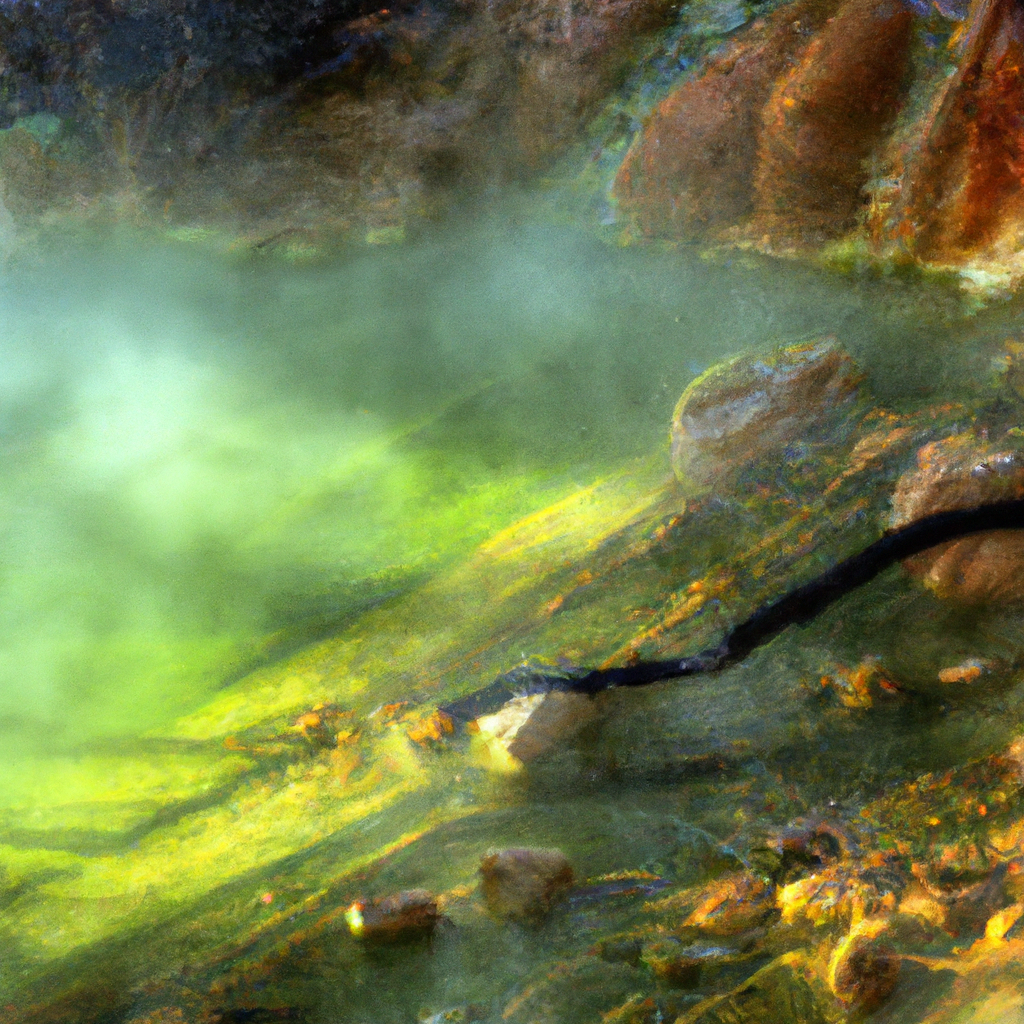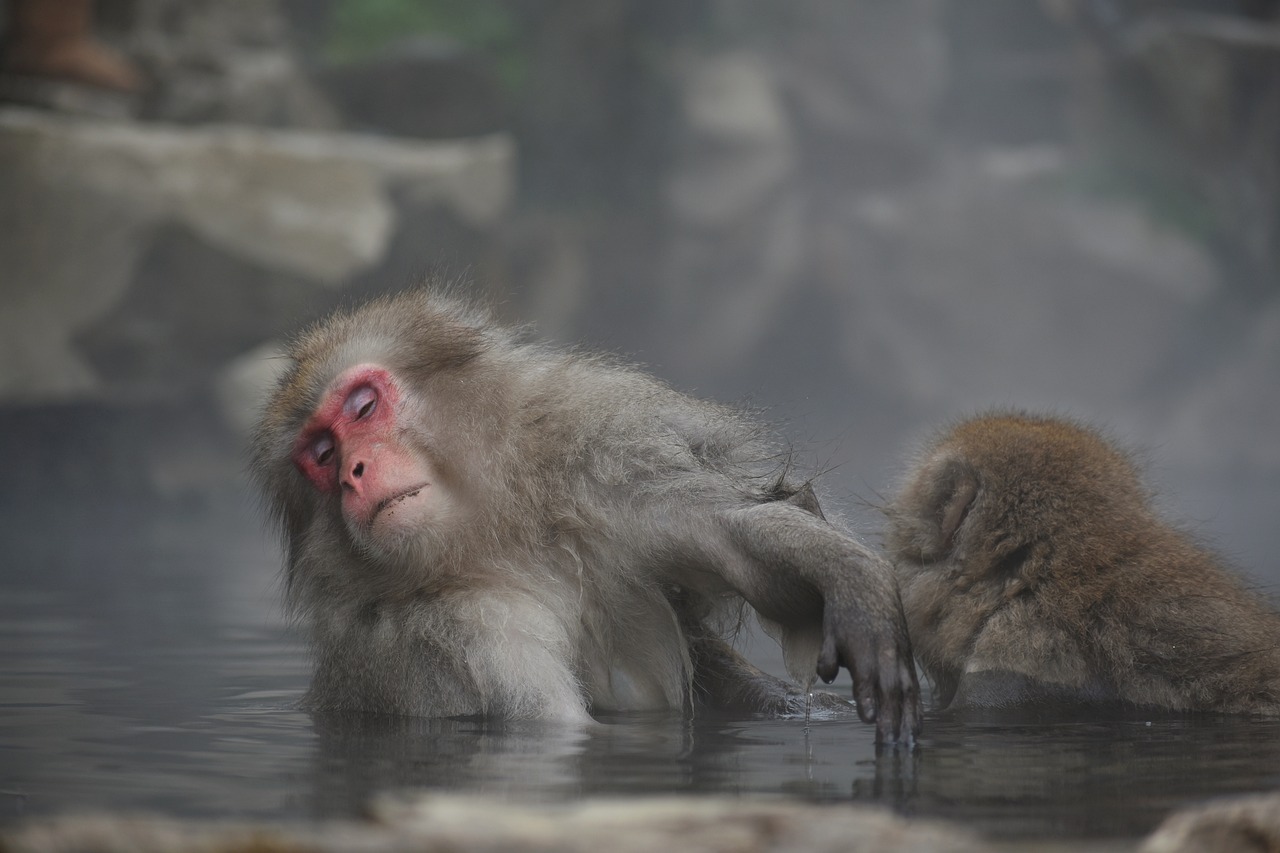Nevada̵7;s hot springs offer not only a chance for relaxation and rejuvenation but also provide a natural healing experience for both your body and soul. However, the question of safety when it comes to bathing in these hot springs lingers in the minds of many. In this article, we will explore the potential risks and precautions associated with indulging in the therapeutic waters of Nevada’s hot springs, allowing you to make a well-informed decision before taking a dip. So, grab a towel and let’s dive into the fascinating world of hot spring bathing in Nevada!
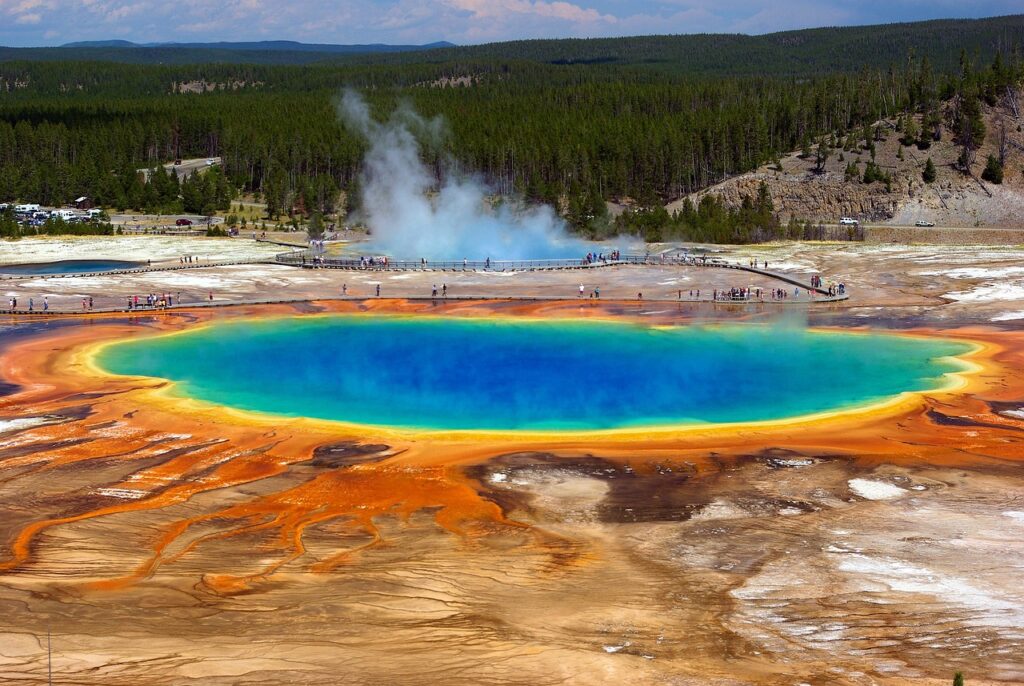
1. Understanding Nevada’s Hot Springs
Nevada’s hot springs are natural geothermal phenomena that provide a unique bathing experience for visitors. These hot springs are characterized by water that has been naturally heated by geothermal activity beneath the Earth’s surface.
1.1 What are hot springs?
Hot springs are bodies of water that are heated geothermally. This means that the water is warmed by heat from the Earth’s interior. The water is often rich in minerals, making it beneficial for therapeutic and recreational purposes. Hot springs can vary in temperature, from soothingly warm to scalding hot, depending on their geothermal source.
1.2 Formation of hot springs in Nevada
Hot springs in Nevada are formed due to the state’s unique geological composition. The region has an abundance of geothermal activity, with underground systems of heated water being channeled to the surface through cracks and faults in the Earth’s crust. The geothermal energy in Nevada is a result of tectonic activity and volcanic processes that have occurred over millions of years.
1.3 Popular hot springs in Nevada
Nevada is home to several popular hot springs that attract visitors from near and far. Some well-known hot springs in the state include the Black Rock Hot Springs, Spencer Hot Springs, and the Fish Lake Valley Hot Springs. These hot springs offer visitors the chance to relax and unwind in the rejuvenating warmth of the naturally heated waters.
2. Benefits of Bathing in Hot Springs
Bathing in hot springs offers a range of benefits, both physical and mental. The healing properties of hot springs have been recognized for centuries, and people have flocked to these natural wonders to experience their therapeutic effects.
2.1 The healing effects of hot springs
Hot springs are believed to have many healing properties due to the high mineral content of the water. The minerals, such as magnesium, calcium, and sulfur, can be absorbed through the skin and are known to alleviate various health conditions. Bathing in hot springs has been reported to reduce muscle and joint pain, improve blood circulation, and promote relaxation and stress relief.
2.2 Physical benefits of hot springs
In addition to the healing effects, hot springs offer various physical benefits. The warmth of the water can help soothe sore muscles, reduce inflammation, and improve flexibility. Regularly immersing yourself in hot springs may lead to improved skin health, increased metabolism, and enhanced detoxification.
2.3 Mental and emotional benefits of hot springs
Beyond the physical benefits, hot springs provide a serene and calming environment that promotes mental and emotional well-being. The combination of warm water, natural surroundings, and the sound of bubbling springs can have a soothing effect on the mind, helping to reduce stress, anxiety, and insomnia. Bathing in hot springs can be a form of natural therapy that allows you to reconnect with nature and find inner peace.
3. Potential Dangers and Safety Considerations
While hot springs can offer incredible benefits, it is essential to be aware of the potential dangers and safety considerations associated with these natural attractions. Understanding and following safety protocols will ensure a safe and enjoyable experience.
3.1 Natural hazards associated with hot springs
Hot springs are situated in diverse natural environments, and it is important to be aware of the hazards that may exist. These can include uneven terrain, slippery surfaces, steep cliffs, and the presence of wildlife. It is crucial to exercise caution and be mindful of your surroundings to prevent accidents or injuries.
3.2 Water quality concerns
The water quality of hot springs can vary, and it is important to be cautious about potential contamination. Most hot springs are natural bodies of water and can be influenced by factors such as runoff, animal waste, or human activity. It is advisable to research the water quality of the hot spring you plan to visit and avoid soaking in hot springs that have known contamination issues.
3.3 Temperature-related risks
Hot spring water can reach scalding temperatures, especially close to the source. It is important to be aware of the temperature before entering the water, as higher temperatures can cause burns or scalding. It is recommended to test the water temperature carefully before fully immersing yourself and to avoid areas with extremely high temperatures.
3.4 Importance of avoiding open wounds
Hot springs are typically natural environments, and there is a risk of bacterial infection if you have open wounds or cuts. The warm water can encourage the growth of bacteria, and it is advisable to avoid immersing open wounds in hot spring water. If you do have any open wounds, it is best to keep them covered or wait until they have fully healed before entering a hot spring.
3.5 Monitoring volcanic activity
Nevada’s hot springs are located in a geologically active region, and it is important to monitor volcanic activity in the area. Volcanic eruptions and associated seismic activity can potentially affect hot springs, leading to changes in water temperature, composition, or even the emergence of new springs. It is advisable to stay updated on any volcanic alerts or warnings issued by local authorities.
3.6 Risks of contact with wildlife
Hot springs often attract wildlife, including snakes, insects, and larger mammals. While encounters with wildlife are generally rare, it is essential to keep a safe distance and respect their natural habitat. Avoid feeding or approaching animals, as this can disrupt their behavior and potentially lead to dangerous situations. Be aware of any wildlife-specific safety guidelines provided for the area you are visiting.
4. Safety Precautions and Best Practices
To ensure a safe and enjoyable experience while bathing in hot springs, it is crucial to take appropriate safety precautions and follow best practices.
4.1 Researching hot springs before visiting
Before visiting a hot spring, it is important to research and gather information about the specific hot spring you plan to visit. Learn about its accessibility, water quality, temperature range, and any potential hazards. Local guidebooks, online resources, or seeking advice from experienced visitors can provide valuable insights.
4.2 Dressing appropriately for hot springs
When visiting hot springs, it is advisable to wear appropriate clothing that can be easily changed or removed. Most hot springs have natural surroundings, and there may not be designated changing areas. Additionally, wearing a bathing suit or clothing made from breathable materials can enhance your comfort while soaking in the hot water.
4.3 Testing water temperature
Before entering a hot spring, it is essential to test the water temperature first. Use caution and gradually ease into the water to allow your body to adjust to the heat. Avoid areas close to the source or where the temperature seems excessively high. Remember that temperatures can vary within a hot spring, so test different parts of the water body or consult other visitors for advice.
4.4 Maintaining proper hydration
Spending time in hot springs can increase your body’s temperature and cause sweating. It is crucial to stay hydrated by drinking plenty of water before, during, and after your hot spring session. Dehydration can lead to dizziness, fatigue, or other health issues, so it is important to replenish your fluids regularly.
4.5 Being cautious with natural hazards
Hot springs are often located in natural environments with potential hazards. Be cautious of uneven terrain, slippery rocks, or unstable surfaces. Use handrails or ropes, if available, to navigate safely. Respect any warning signs, barriers, or local guidelines that are in place to ensure your safety.
4.6 Practicing responsible water conservation
Hot springs are fragile ecosystems, and it is crucial to minimize our impact on them. Make sure to follow any posted rules regarding waste disposal, littering, or disrupting the natural environment. Respect the natural beauty of the hot spring and avoid activities that may harm the delicate balance of the ecosystem.
4.7 Avoiding the consumption of hot spring water
While hot springs may contain minerals that are beneficial for the skin, it is generally not recommended to drink the water. The water may be contaminated or have high mineral concentrations that could be harmful if ingested. It is always best to bring your own drinking water and avoid drinking water from the hot spring.
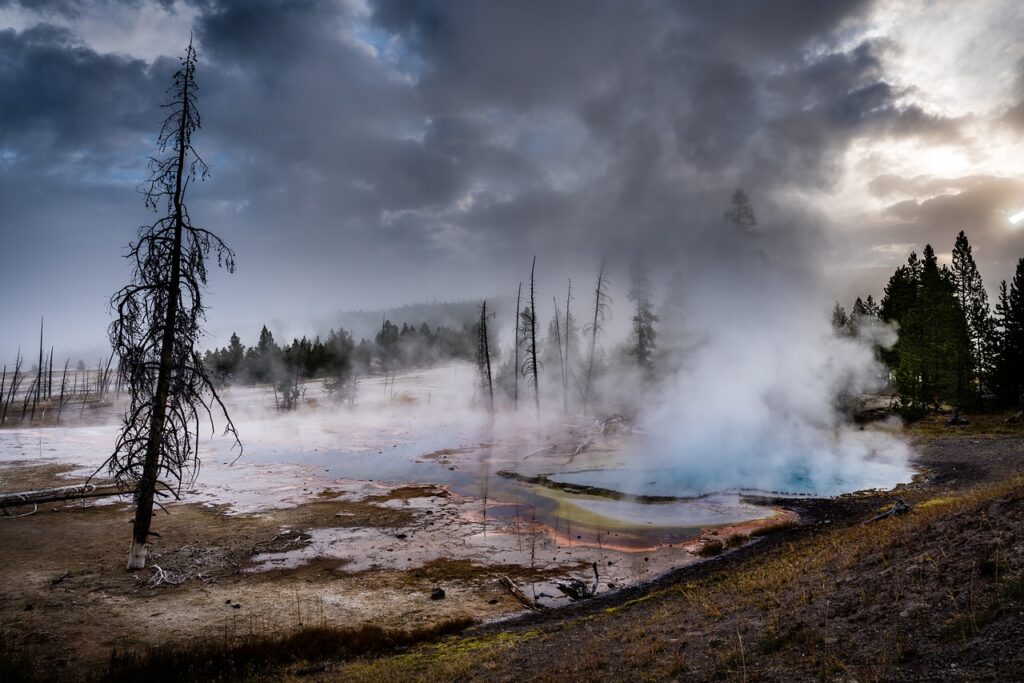
5. Regulations and Guidelines
It is important to be aware of the regulations and guidelines set forth by the authorities governing hot springs in Nevada. These guidelines are in place to protect visitors, preserve the natural environment, and ensure the sustainability of these unique natural resources.
5.1 Nevada’s regulations for hot springs
The regulations for hot springs in Nevada can vary depending on the specific location and management authority. Some hot springs may have restrictions on access, camping, or the use of certain facilities. It is important to familiarize yourself with the regulations specific to the hot springs you plan to visit and adhere to them accordingly.
5.2 Tips for following guidelines
To ensure compliance with regulations, it is advisable to follow some general tips when visiting hot springs in Nevada. Respect any signage or instructions provided at the hot spring location, including restrictions on nudity, camping, or campfire use. Avoid leaving any waste behind and practice leave-no-trace principles to minimize your impact on the environment.
5.3 Responsible behavior and etiquette
In addition to following regulations, it is important to demonstrate responsible behavior and etiquette while visiting hot springs. Respect other visitors’ privacy and personal space, and avoid loud or disruptive behavior that can disturb the tranquility of the natural surroundings. Be mindful of the local community and their cultural or environmental sensitivities.
6. Popular Hot Springs in Nevada and Their Safety Record
If you are considering visiting hot springs in Nevada, it can be helpful to research their safety record and gather information from past visitors.
6.1 Safety ratings and visitor reviews
Safety ratings and visitor reviews can provide valuable insights into the safety and overall experience of specific hot springs. Online platforms, travel websites, or local guidebooks often include information about the safety practices, cleanliness, and visitor experiences at various hot springs. Reading reviews from others who have visited can help you make an informed decision.
6.2 Known incidents and accidents
While hot springs can be enjoyed safely, there have been incidents and accidents reported at some locations. These incidents can range from minor injuries to more serious accidents. Researching and familiarizing yourself with any known incidents in the hot springs you plan to visit will help you assess potential risks and make informed decisions.
6.3 Expert recommendations
Consulting with experts or experienced individuals familiar with hot springs in Nevada can provide additional guidance and recommendations. They may have firsthand knowledge of specific hot springs, including safety practices, hidden risks, or alternatives that could better suit your needs. Gathering information from experts can help you have a safer and more enjoyable experience.
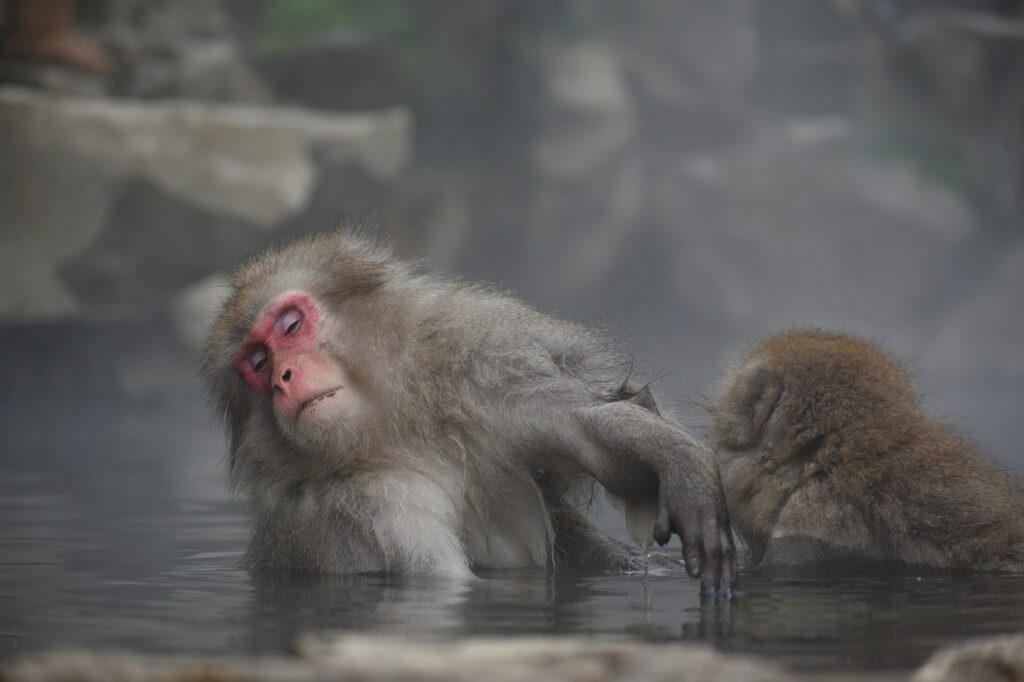
7. Alternatives to Hot Springs
If you are unable to visit hot springs or prefer to explore other bathing options in Nevada, there are alternative natural and artificial options available.
7.1 Other natural bathing options in Nevada
Nevada is home to an array of natural bodies of water, such as lakes, rivers, and waterfalls, where you can enjoy swimming or bathing. Exploring these natural alternatives can be a refreshing and enjoyable experience, offering views and environments different from hot springs.
7.2 Artificial spa and wellness centers
For those seeking a more controlled and developed environment, artificial spa and wellness centers provide a range of bathing experiences. These centers often offer hot tubs, mineral baths, saunas, and other amenities designed to provide relaxation and therapeutic benefits. While they may lack the natural ambiance of hot springs, they can still offer a satisfying bathing experience.
8. First Aid and Emergency Preparedness
Being prepared for emergencies and having basic first aid knowledge is essential when visiting hot springs or any outdoor environment.
8.1 Basic first aid knowledge
Having basic first aid knowledge can be crucial in responding to injuries or emergencies. This includes knowing how to administer CPR, providing assistance for common injuries like burns or sprains, and recognizing the signs of heat exhaustion or dehydration. Consider taking a basic first aid course before visiting hot springs.
8.2 Importance of carrying a first aid kit
Carrying a well-stocked first aid kit is essential when visiting hot springs or engaging in outdoor activities. Your first aid kit should include items such as bandages, antiseptics, pain relievers, tweezers, and any personal medications or necessities. Regularly check and replenish your first aid kit to ensure it is up to date and contains adequate supplies.
8.3 Emergency procedures and protocol
Before visiting hot springs, familiarize yourself with emergency procedures and protocol for the specific location. This may include knowing the nearest emergency exit or evacuation route, understanding the process for contacting emergency services, and having a plan for communication with your travel companions. Being prepared can make a significant difference in an emergency situation.
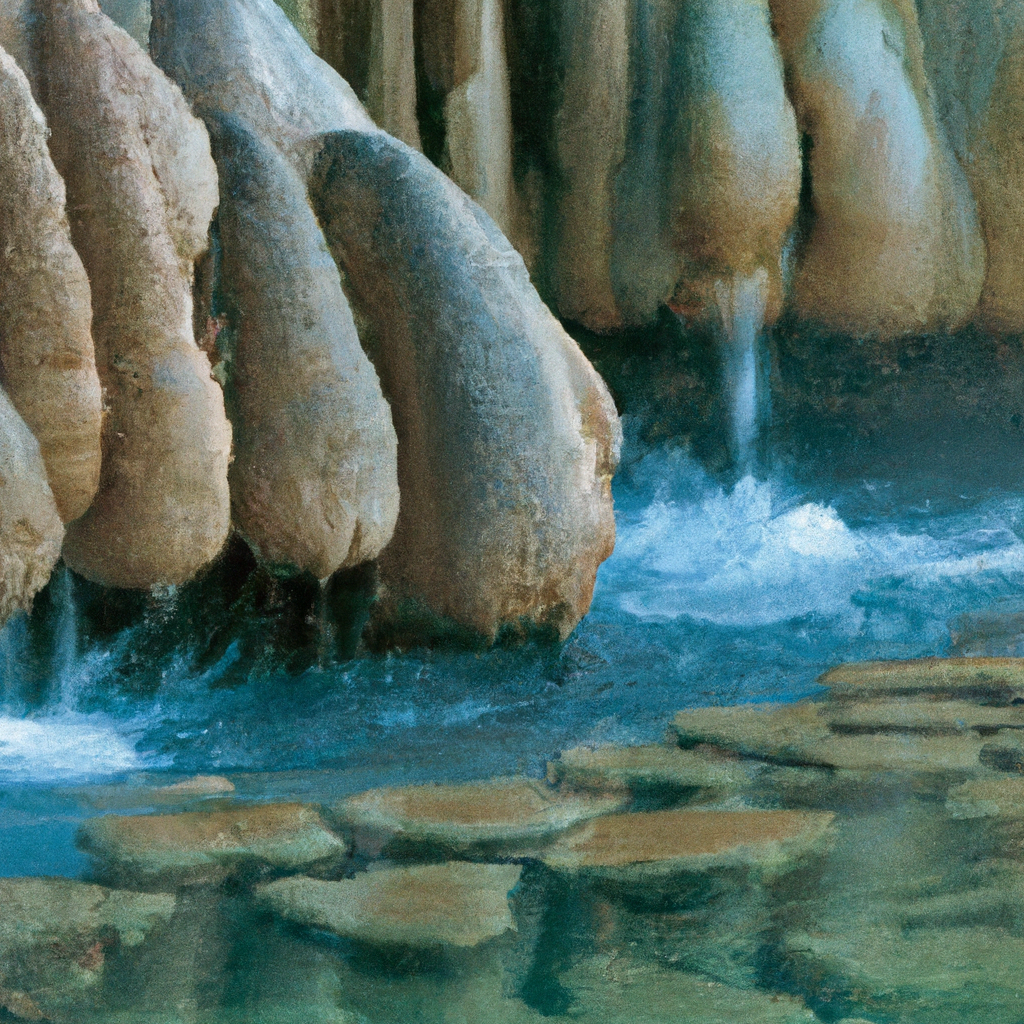
9. Local Community Engagement and Sustainable Tourism
Engaging responsibly with the local community and practicing sustainable tourism is essential to minimize the impact of visitors on the environment and support the preservation of hot springs for future generations.
9.1 Supporting local initiatives
Supporting local initiatives that aim to protect and preserve hot springs is an important way to contribute to their sustainability. This can include participating in volunteer programs, donating to conservation organizations, or respecting any fundraising efforts aimed at maintaining the hot springs’ natural beauty and ecosystem.
9.2 Responsible behavior towards the environment
Practicing responsible behavior towards the environment involves minimizing your impact on the natural surroundings. This includes picking up any litter, avoiding excessive noise, staying on designated paths, and refraining from damaging or removing any natural or cultural artifacts. Treat the hot springs and their surroundings with respect and leave them as you found them.
9.3 Minimizing the impact of tourism
As hot springs become more popular, it is essential to ensure that tourism does not negatively impact these natural resources. This can be achieved by limiting the number of visitors at a time, implementing time restrictions, or requiring reservations. By minimizing overcrowding and managing visitor flow, the hot springs can be preserved for future generations to enjoy.
10. Conclusion
Bathing in Nevada’s hot springs is an invigorating and potentially therapeutic experience. However, it is important to weigh the risks and benefits associated with soaking in these natural wonders. By understanding the potential dangers, following safety precautions, and practicing responsible behavior, you can enjoy the benefits of hot springs while ensuring the sustainability and preservation of these unique natural resources. So, go ahead, immerse yourself in the healing power of nature and rejuvenate your body and soul while embracing responsible enjoyment of Nevada’s hot springs.
